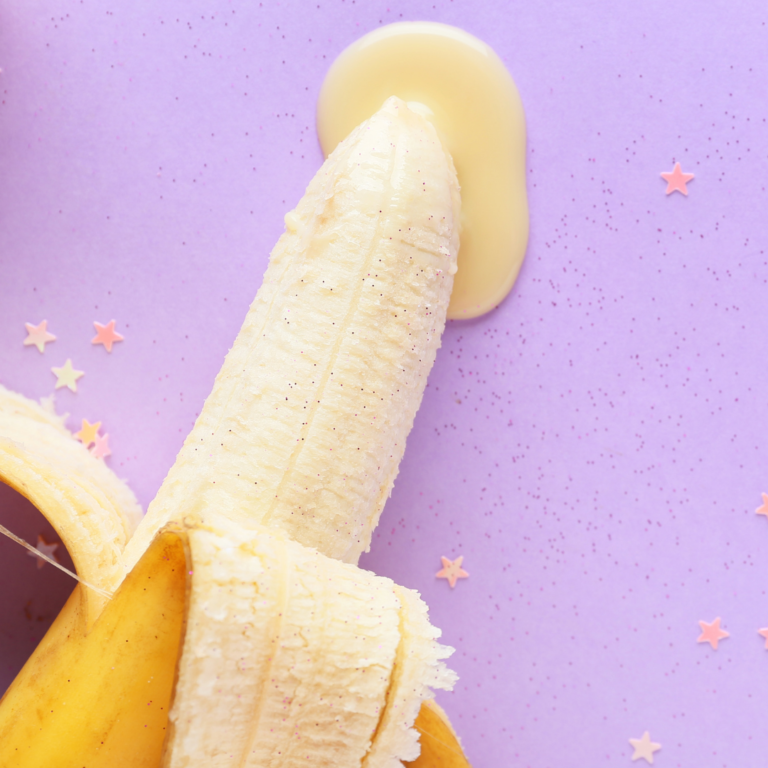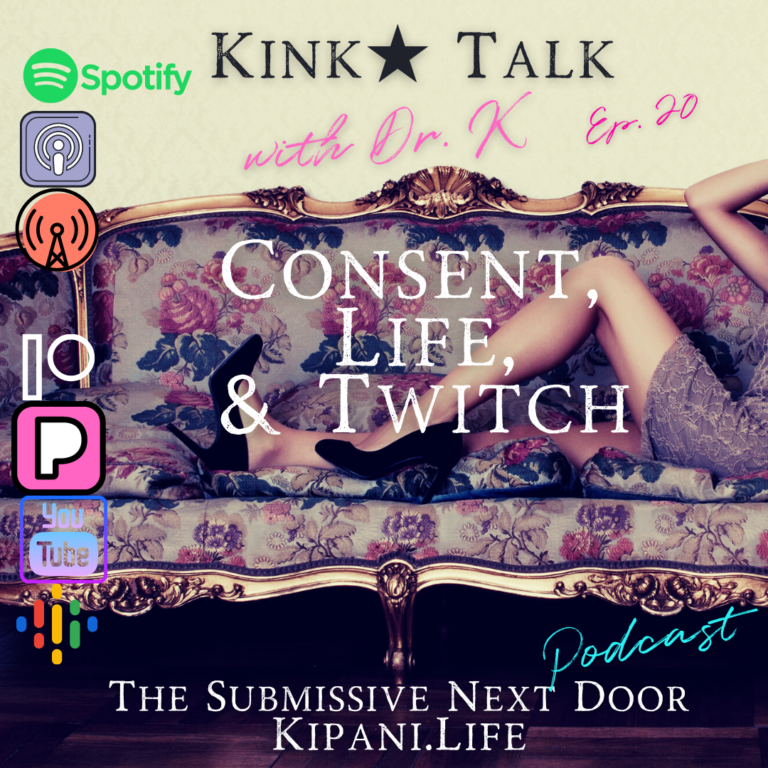Rituals in D/s dynamics
If you have been searching the world of BDSM and D/s dynamics, you have likely run into the concept of D/s rituals. Rituals are something that we engage in as humans for various reasons. Rituals even date back to the beginning of historical documentation through hieroglyphics and cave paintings. But, let’s take a deeper dive into the draw they have, and why they are such a large part of the BDSM, D/s, and Kink communities.
What exactly is a ritual, and how do they fit into the world of D/s and BDSM? Why are they so important?
Let’s start by defining what a ritual is and a brief history:
“Ritual [is], the performance of ceremonial acts prescribed by tradition or sacerdotal decree. Ritual is a specific, observable mode of behavior exhibited by all known societies. It is thus possible to view ritual as a way of defining or describing humans” (Encyclopedia Britannica).
Why do some people gravitate to rituals in the D/s lifestyle? Many Dominants and submissives have day jobs, families, and children. They are employees, managers, business professionals, college students, church volunteers, community leaders, etc.
For some, a ritual signals the end of their “vanilla” life during the day and step into a new headspace. Studies show that having a self-care ritual also helps shut down the stress response cycle and signal our brain to begin lowering adrenaline, cortisol, and glycogen while increasing the feel-good chemicals such as dopamine and oxytocin (Negowski, 2017). For some people who may have trouble separating from their day jobs or are easily distracted, rituals can help also signal the shift in focus to the present moment and encourage responsive desire and arousal to take place when done with a trusted partner.
Perhaps it is because I spent much of my graduate program knee deep in world literature and mythology studies, but I find the practice of ritual to be absolutely fascinating. The American mythologist, writer, and lecturer, Joseph Campbell, studied how myth and story shaped the human experience, philosophy, and psychology. His philosophy is often summarized by the phrase, “Follow your bliss” and his work synonymous with the “heroes journey.” Bliss was denoted as a subjective feeling of knowing you were exactly where you needed to be, connected to the cosmos, and at peace within the moment.
Did you know that theatre emerged from ritual, myth, and ceremony? Early societies perceived connections between certain actions performed by the group, or leaders in the group, and the desired results of the whole society. These actions moved from ritual, to ceremony, to habit, to tradition, to theatre. The formulation of these actions, and the consequent repetition and rehearsal, broke the ground for theatre.
According to the mythologist Joseph Campbell, rituals are related to three basic concerns: pleasure, power, and duty. Power- influencing and controlling events- was often the intention of rituals such as ceremonies to guarantee a successful crop, or to please the gods. Usually, societies had rituals that glorified supernatural powers, victories, and heroes. Often, supernatural forms would be represented using costumes and masks. Rituals that were practiced as duty to the gods, also brought entertainment and pleasure.
Rituals have a profound effect on our psyche.
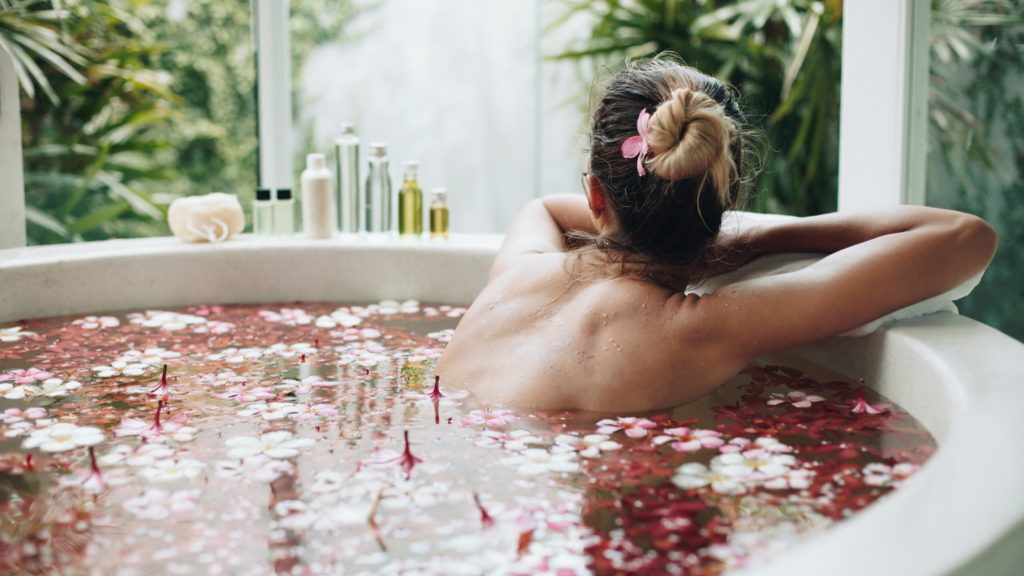
Rituals set intention. Intention is quite literally the “magic” that powers the Law of Attraction, manifestation, Wiccan magic, and is literally built into the concept of creating SMART goals (a concept used by corporations, global leaders, successful entrepreneur and projects managers. The S.M.A.R.T. in SMART goals stands for Specific, Measurable, Achievable, Relevant, and Time-Bound. Defining these parameters as they pertain to your goal helps ensure that your objectives are attainable within a certain time frame).
Intention setting is clearly stating what you want to experience and achieve through your actions. This can be related to your work, personal life, dreams, thoughts, mindfulness practice, or whatever you choose. As long as it is clearly defined and customized to your life.
By defining which intentions you want to set, you can work to manifest and bring into reality these intentions. Your thoughts, actions, beliefs, emotions are all used to help you manifest or achieve your intentions.
So, how does this pertain to a D/s dynamic?
Much of the D/s lifestyle is built upon rituals, both big and small. However, before we dive deeper, remember There is no right or wrong way to do D/s. If you choose to design rituals that make sense for your dynamic, remember that the suggestions found here, as well as any you may find online (there are a number of excellent sources out there) are just ideas to get you started. I encourage you to refine them in ways that feel right to you. If you choose to not have rituals as part of your D/s dynamic, or just not right now, that is fine too! Rituals work best when you are able to put your whole-self into them and if you feel forced or the ritual feels “off” to you, it won’t have nearly the effect it would otherwise.
For others, ritual is a very large part of their dynamics, and even their overall lives inside and outside a dynamic. Rituals can bond groups and bring communities together. They can highlight the abilities and development of individuals by marking the milestone with specific acts or ceremonies. They often mark the opening or closing of a particular chapter in ones life. They honor meaning, spirituality, emotion, change, a state of being, or purpose. It sets the tone for a commitment to action or mindset. Rituals help us understand and give context to our lives.
Delving into the meaning and creation of ritual can support not just a D/s dynamic, but our relationships with ourselves and others too. It challenges our understanding of Dominance and submission, of love for others and self-love, and commitment. Rituals create space for us to assess our feelings and the relevance ritual has in our lives.
Rituals in D/s can help to encourage mindfulness and presence, achieve an altered state-of-mind, reflect on oneself, and enhance the bond between oneself and their partner(s). In particular for the submissive, they often are used to help make sense of ones day, life, goals, and relationship. There is also great power in the ritual for both the Dominant and submissive when engaged in ritual together.
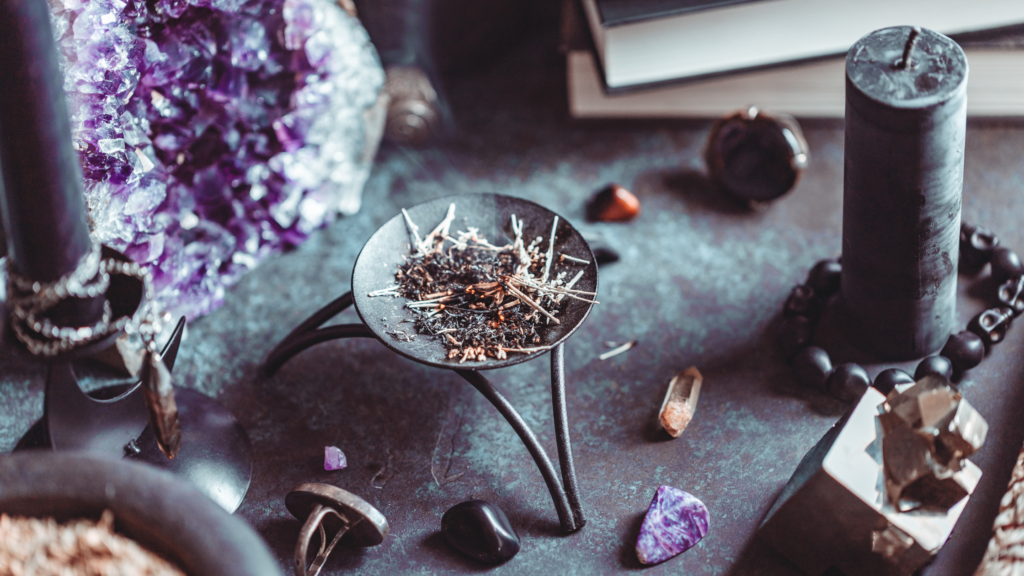
Ritualistic practices can help to bring a degree of predictability to an uncertain future. They convince our brains of constancy and predictability as “ritual buffers against uncertainty and anxiety“, according to scientists. In one BBC article, they stated, “Studies show that the anxiety-reducing effect of rituals can apply to almost any high-pressure endeavor… Sports psychologists also propose that pre-performance rituals can confer benefits for athletes, such as better execution and possible reduction in anxiety levels.”
An example of one D/s ritual from my life as a collared submissive:
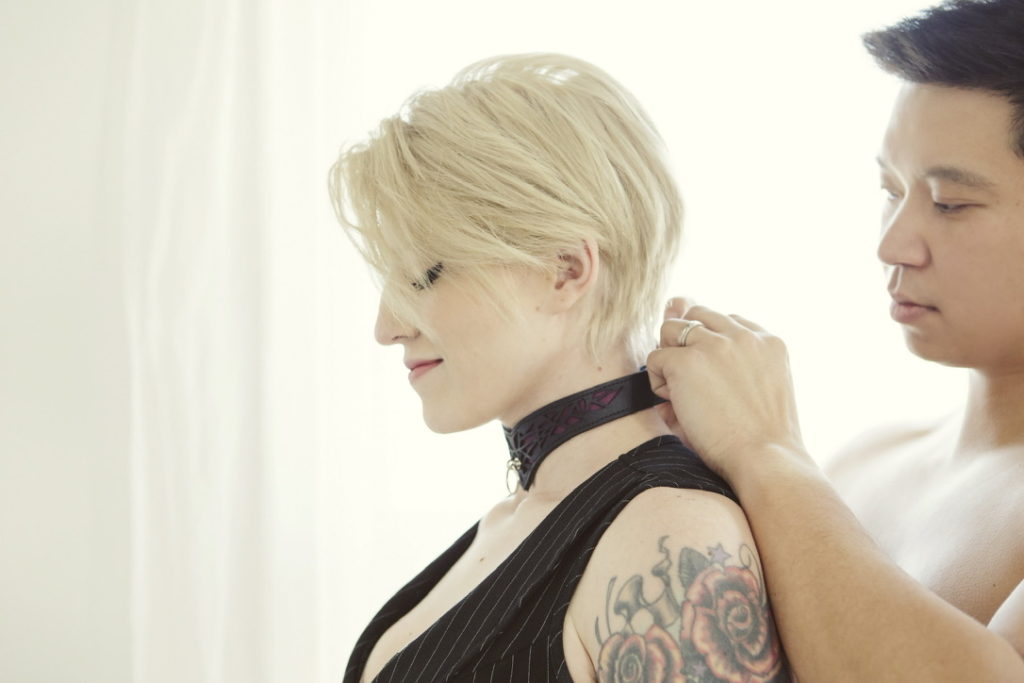
Given the nature of some BDSM scenes, rituals also seem to have a calming effect for the submissive, which allows them to practice a deeper state of embodiment and connection to their Dominant. For myself in particular, I practice a self-care ritual prior to starting a scene in which I bathe and apply a scented lotion prior to entering my sub-space. I characterize this, for myself, as kneeling in the center of our play space nude with the exception of a pair of panties, my hands resting comfortably with palms facing up, back straight, head forward, eyes closed in “present” pose. I usually have sensual music playing while I begin my breathing exercises and practice a body-scan meditation in my mind to start releasing my tensions, getting my body and mind in-tune. My Dominant will enter the space, sit just behind me, and place his hands on the small of my back or on my shoulders and begin speaking in a cool, calm voice, setting intentions for the session. He wears a pair of jeans and nothing else. For us, part of the ritual is in the stripping down of things that represent our “vanilla” life and enter the space without “masks” or coverings.

Consent is a large part of my life, and important to me when entering a scene. We incorporated this into scene with the use of words my Dominant will speak such as, “Breathe with me… I’m going to help you reach new heights and push your body. You will be spanked, flogged, and pleasured. My pleasure comes from yours and I want to see it in your body. You are worthy of your pleasure and it honors me to give it to you. Does Daddy’s good girl understand? Good… tell me what your safe words are… (I’ll tell him green, yellow, and red.) And, if you can’t speak, what is the signal? (I’ll tell him my 5 fingers, 5 is stop.) Good girl. Now… rise and let me see you.”
While the words or acts may change based on the scene, this exchange acts as both an intention setting ritual, I’m able to give my consent and know what sorts of “peak” moments (spanking/flogging etc.) will be taking place, and we are able to connect on spiritual level. Sometimes we may include a “changing of the collar” from my day-collar to a play-collar, depending on a the scene crafted in advance. This is also the way we start a Shibari session, even when sex is not involved and the goal is a different kind of release. This is just one example of course of one type of D/s ritual.
Rituals also exist in the larger BDSM communities, such as High Protocol relationships, scenes, or events at a local Dungeon or Play Party. Group events allow for others to watch and/or participate, and I have found to be quite beautiful and inspiring as members support each other in their BDSM practices. I found it interesting that the previously mentioned BBC article also stated, “Ritualistic behaviour can improve social bonding when we practice it collectively. “Having social networks has frequently been linked to wellbeing, and it is thought that rituals – frequent group gatherings – are particularly good at facilitating such networks,” says Valerie van Mulukom, a psychologist at Coventry University in the UK and co-author of a study on the effect of secular rituals on social bonding…”After participating in group rituals, many individuals report greater connection to others, in some cases even when just observing a ritual,” says Johannes Karl, a PhD Student at Victoria University of Wellington in New Zealand who has studied how rituals affect social bonding and health.” These statements are very true in many of the BDSM and Kink communities.
Rituals are integrated parts of the human psyche.
We have used them to help make sense of life, either through celebration, devotion, a showing of commitment, or express the greatest emotions of the human condition: Joy, grief, loss, change, etc.
Types rituals in life:
- Marriage or commitment ceremonies
- Graduations
- Christening
- Holiday events & gatherings
- Funerals or other burial ceremonies
- Coronations
- Spiritual & Wiccan practices
There are many other rituals that are much smaller or you may have a special activity or practice that are more like family traditions (Sunday dinner at your Aunts house every week, making a commitment to turn the TV off each night and talk about your day with your family…etc.)
Rituals in D/s are designed in a similar fashion, but it is the intentions behind any ritual that give it meaning, and therefore hold high value in the lives of those who practice BDSM.
What do some of these rituals look like?
The list is as long and filled with as much variety as the people who identify as kinky. It may look as small as inconspicuous signals during a meal, to wearing a cock cage at the end of each day to please one’s Dom(me).
Types of rituals in D/s:
- Collaring your submissive: (NOTE: this is a big step for those in the BDSM community and should not be entered into lightly.) – This could also be any symbol of submission that you choose with your partner: a ring, a bracelet, anklet, a chain, keychain, a piece of sexy clothing, etc. and may also include a special matching piece for the Dominant.
- Morning rituals: this may be a special activity a submissive has consented to, and may be as small as waking their Dominant with a special note or kiss (or visa-versa), a shower together, sending a message to show the Dominant what their submissive has made themselves for breakfast, etc.
- Task lists for the submissive to complete each day: As the submissive completes the list, the goal is to focus on why you are doing this (what is the goal? How does this serve my Dom? How does this help me reach a goal? etc.).
- Keep a D/s journal and write in it each morning: Many websites give examples of submission-related journal prompts for you to use.
- Take a shower or bath with intention to wash away the stress and responsibility of the day: As a submissive, use it as time to reflect on your submission, pride in your Dominant, pride in yourself, or practice your breath and meditation with submission in mind. Emerge feeling refreshed and recharged.
- Spend time grooming yourself in ways that make you feel Dominant or submissive: If dressing in leather straps and cat ears help you to slip into your pet-space, for example, set time aside each week to spend extra time in that headspace.
- As a submissive, make a point to do something small to serve your Dom, such as kneeling before them or bringing them a cup of coffee.
- A submissive can also build in a end of the day ritual such as having a cold drink prepared for their Dominant as soon as they get home, or the Dominant may wish to do the same for their submissive (this is a great one for pleasure Doms or Daddy Doms that may have a submissive not so good with drinking enough water during the day.)
- This is my personal favorite: create time for “maintenance spanking/flogging/bondage/etc.” Knowing that each week on a wednesday night from 10-10:30pm I can count on my Dominant to spank me helps me have a goal for the half-way point in the week. Its a reward I’ve asked for and he loves to give, we both know that its a dedicated time we have committed to make a priority, and while sex sometimes happens as a result, it is not the expectation for the maintenance. This takes a lot of pressure off ourselves, but we each know the spanking session is one that boosts endorphins and we feel closer afterward during our aftercare routine with lotion and cuddles.
- Design an aftercare routine for BOTH Dominant and submissive.
This is by no means an exhaustive list and I highly encourage you to continue researching types of rituals or ritual ideas in the Kink and BDSM communities.
How do you create a ritual?
While a ritual can be just about anything, and it’s the intention behind it that matters the most, there are certain elements of ritual that can help you create one that is deeply meaningful to you and your partner(s). These include:
- Intention (what is your goal for this ritual? How do you want to feel afterward? What will it feel like during?)
- Time & Place (this should be a time and place that is meaningful to you and fits your intention)
- Decoration (adornments in the room such as mood lighting, silk sheets, leather, dungeon, etc.)
- People (1 person? 2? Group?)
- Actions (this might be a dance, act, task, pose, etc.)
- Words (perhaps the recitation of a submissive creed, words of affirmation, a pet name, other other communication that denotes that the ritual has now begun, taken place, or ending)
- Symbols (for some, the use of the O ring on the collar is their symbol of choice, others might use different elements from the natural world, maybe there are certain symbols set around the room that adds to the atmosphere.)
- Music (Some people enjoy meditation music, sounds of nature, or melodic type sounds. Chants, hip hop, techno beats…its really whatever helps you to cultivate the emotion/mood/vibe that your intention is setting.)
- Food (will you incorporate a meal together as part of your ritual? Maybe the act of cooking a meal with each other is part of the ritual? If your ritual is aftercare, will you use food as way to replenish each other?)
- Self-decoration (Even the act of wearing nothing at all can be part of the ritual.)
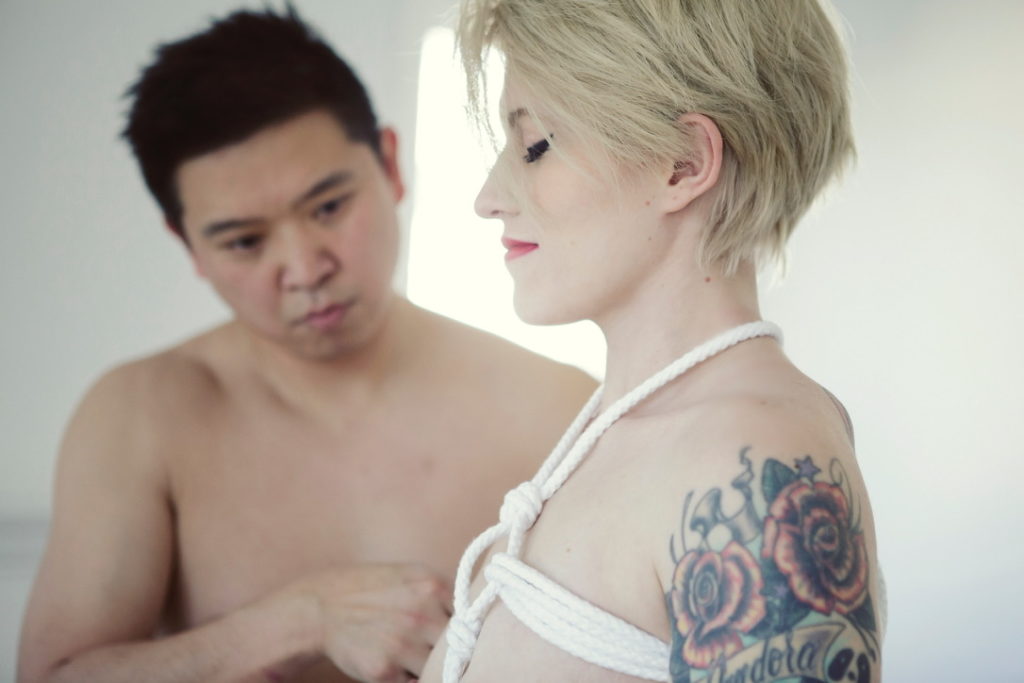

(Workshop coming soon to help you create your own self-care or D/s ritual!)
Campbell wrote that “A ritual is the enactment of a myth. And, by participating in the ritual, you are participating in the myth. And since myth is a projection of the depth wisdom of the psyche, by participating in a ritual, participating in the myth, you are being, as it were, put in accord with that wisdom, which is the wisdom that is inherent within you anyhow. Your consciousness is being reminded of the wisdom of your own life.” Joseph Campbell
Essentially, it is your ritual and if it has meaning to you and/or your partner(s), you know you are designing something that will be pure magic!
But, what is the difference between a ritual and a habit?
The best way I have heard this described is this: Ritual denotes intention. Habit denotes intentionality.
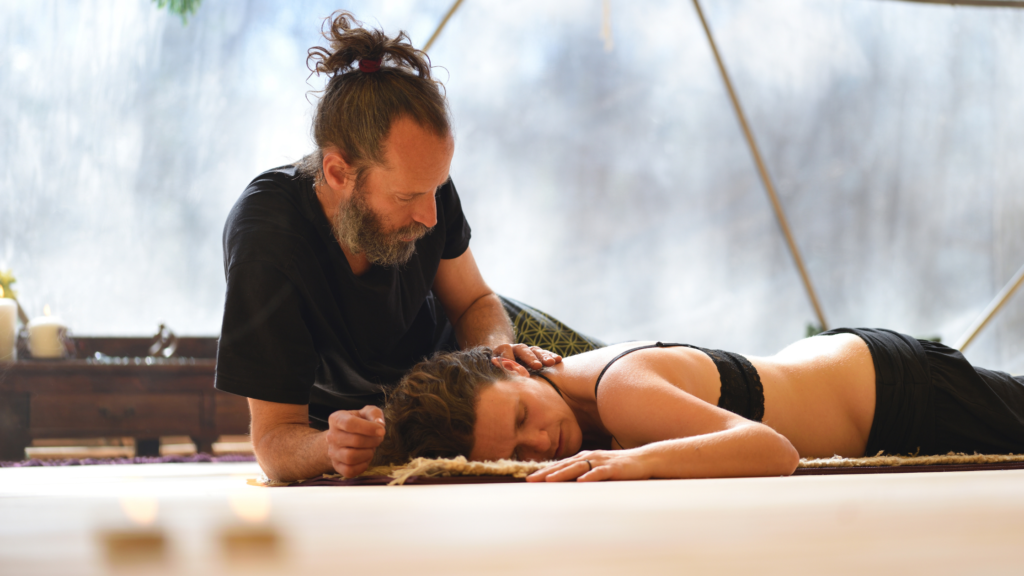
What’s the difference?
Purpose. When one commits to an activity with “intention,” there is a deeper, profound meaning behind it. It may serve no other purpose but to guide the mind to focus on a specific goal/task/action. A great example of this is during my yoga classes, I always ask participants to hold in their mind and heart an intention for their practice. Intentions might be personal goals like “Let go of all negativity,” hope, or desire like “Let me be calm enough to listen to my body.” Or they could be “Let me feel grounded, centered, at one with the Earth.” But, regardless of what intention is set, the simple act of intention deepens your awareness by letting the activity be about something more meaningful than the physical acts of stretching and working out. Intention is profound purpose.
“Intentionality,” is different. The focus isn’t on a profound meaning, but simply a task that must be done for a specific reason. Intentionality implies a defined mental state. To be intentional is to assume a state of mental and emotional “presence” and “deliberateness” throughout the action.
The intentionality with which you commit an action might drop hints about your intention. That is to say, your specific intention could be evident from your intentionality. Despite this, intention and intentionality are distinct aspects and should not be confused or equated.
So, how do we use intentionality to distinguish between ritual and habitual acts? Well, consider, for a moment, the state of mind you find yourself in at the time of your action. Are you living in the present moment when you’re doing the action? Or, are you “going through the motions” without much thought to the deeper, meaning behind it? Do you feel it in your spirit? Essentially, if you are moving through an activity while on “autopilot,” you are engaging in a habit.
Having said that, rituals do have the ability to lose their importance when done consistently on autopilot, making them feel hollow and empty. Without drawing awareness to the mind, heart, and headspace, it loses purpose and easily set aside to make space for other things that connect a bigger purpose to your values. Values are what will drive your purpose… remembering your “why” will help motivate that purpose.
How can that be? Motivation and mindset are the unique characteristics that set a ritual apart from a habit.
Take, for example, something as ordinary as a cup of tea. Many people enjoy tea early in the morning, out of habit. But to most, the pouring of that tea would be a means to an end: you want tea, you make tea, you pour tea, now you have the tea you want.
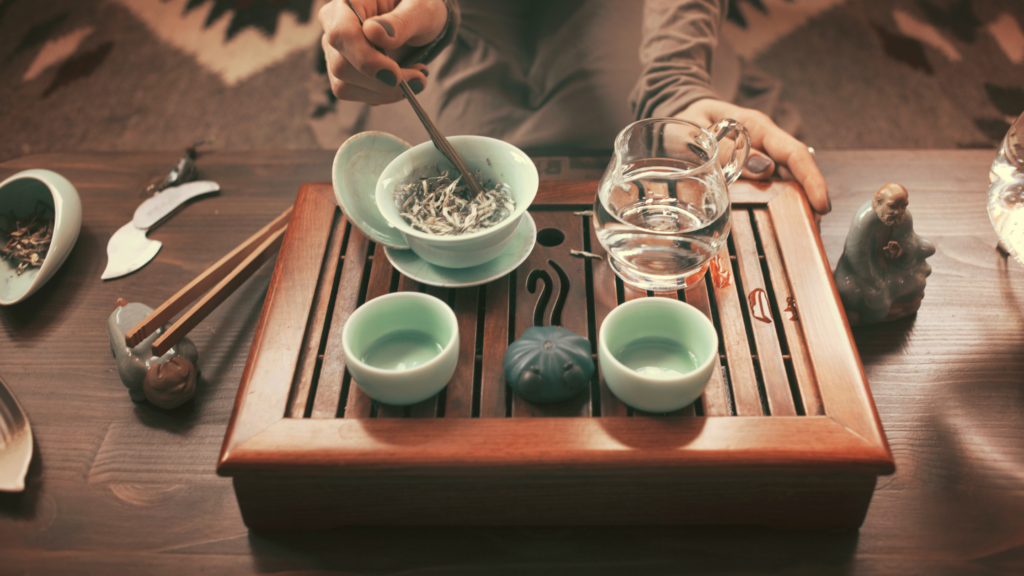
However, this is not everyone’s subjective experience of tea. During the ritual of a formal tea ceremony, for instance, the poise and particular attention of the person performing the ceremony inspires silence and reverence. The sharp focus and intentionality of that person, combined with the precise order of movements (committed to memory throughout their training), creates the ritual aspect of tea making.
When I pour my Dom’s tea, I pour my heart into the cup along with the heated water. The tea chosen is one which I know he loves. I see our love tangled in the leaves that float within the bag, tied together, creating a flavor unique only when individual flavors are mixed. It’s an expression of a more significant idea—the living out of an ideal—in our relationship. That intent is why it’s a ritual and not a habit.
Habits are mindless. We can do them in our sleep and will keep on doing them because “we must.” Rituals are moments we have a deeper commitment with and are done with awareness to mindset and present moment. Rituals uphold meanings we believe in that we consider worthy of the complete presence of mind and attention.
I challenge you to take 15 minutes sometime this week to sit either by yourself or with your partner, and design a ritual that leaves you feeling filled with positive vibrations! Your body, mind, and spirit will thank you for it.
Where can I find more about rituals?
Check out these additional sources on rituals, and if you create a ritual of your own, I’d love to hear about it!

Ep. 3: Joseph Campbell and the Power of Myth – “The First Storytellers”
The Power of Intention Setting Rituals & How to Perform Them
BBC Psychology – The Surprising Power of Daily Rituals
Sacred Kink: The Eightfold Paths of BDSM and Beyond by Lee Harrington
Burnout: The Secret to Unlocking the Stress Response Cycle by Dr. Emily Negowski
D/s Rituals & Protocols: A submissive journey
Igniting the Fire: The Art of Romantic Submission (The Crow Academy Book 1) by Master Arcane


